As for my style, for my vision of the cinema, editing is not simply one aspect; it's the aspect

As for my style, for my vision of the cinema, editing is not simply one aspect; it's the aspect
Orson Welles, a legendary filmmaker known for his innovative and groundbreaking approach to cinema, once famously said, “As for my style, for my vision of the cinema, editing is not simply one aspect; it's the aspect.” This statement perfectly encapsulates Welles’ unique perspective on the art of filmmaking and the crucial role that editing plays in shaping the final product.Welles was a master of visual storytelling, and he understood the power of editing in creating a cohesive and impactful narrative. He believed that editing was not just a technical process of assembling footage, but rather a creative tool that could be used to enhance the emotional impact of a film. For Welles, editing was the key to unlocking the true potential of a story and bringing it to life on screen.
One of the most famous examples of Welles’ innovative editing techniques can be seen in his masterpiece, “Citizen Kane.” In this film, Welles used a non-linear narrative structure and complex editing techniques to tell the story of Charles Foster Kane, a wealthy newspaper magnate. Through the use of flashbacks, montages, and overlapping dialogue, Welles was able to create a rich and multi-layered portrait of a complex character.
Welles’ approach to editing was ahead of its time, and his influence can still be seen in modern filmmaking. Directors like Quentin Tarantino and Christopher Nolan have cited Welles as a major inspiration, and his innovative editing techniques continue to be studied and emulated by filmmakers around the world.
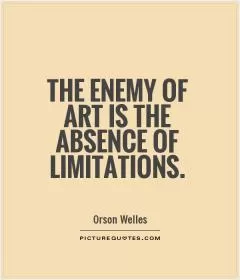
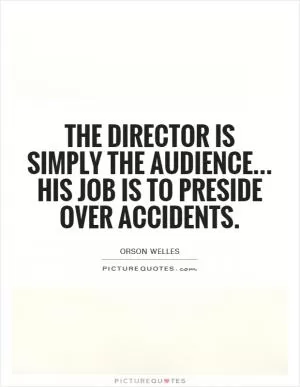

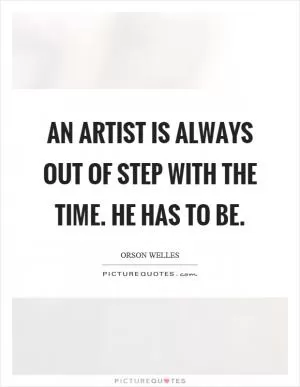

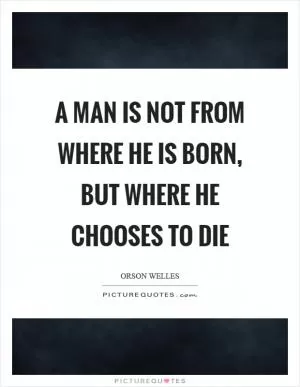

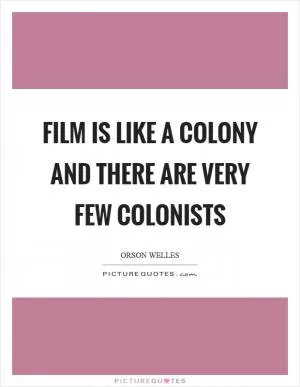

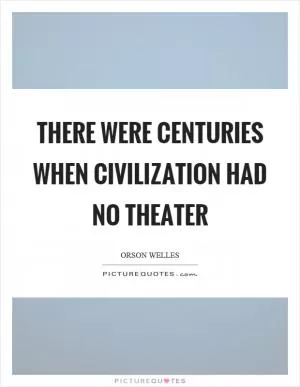


 Friendship Quotes
Friendship Quotes Love Quotes
Love Quotes Life Quotes
Life Quotes Funny Quotes
Funny Quotes Motivational Quotes
Motivational Quotes Inspirational Quotes
Inspirational Quotes